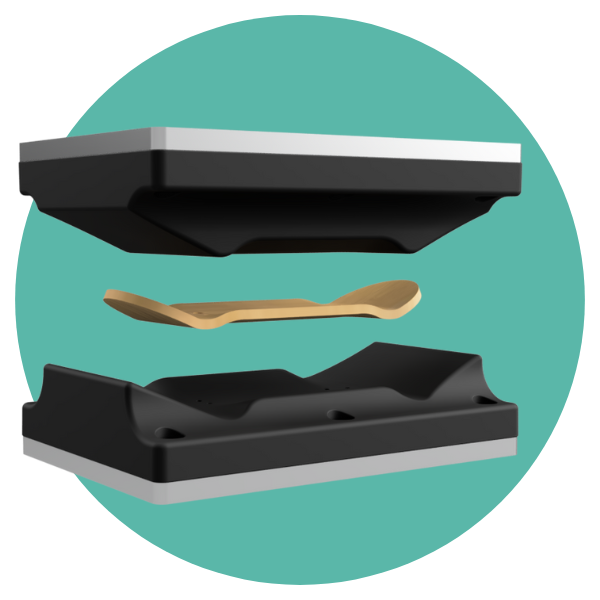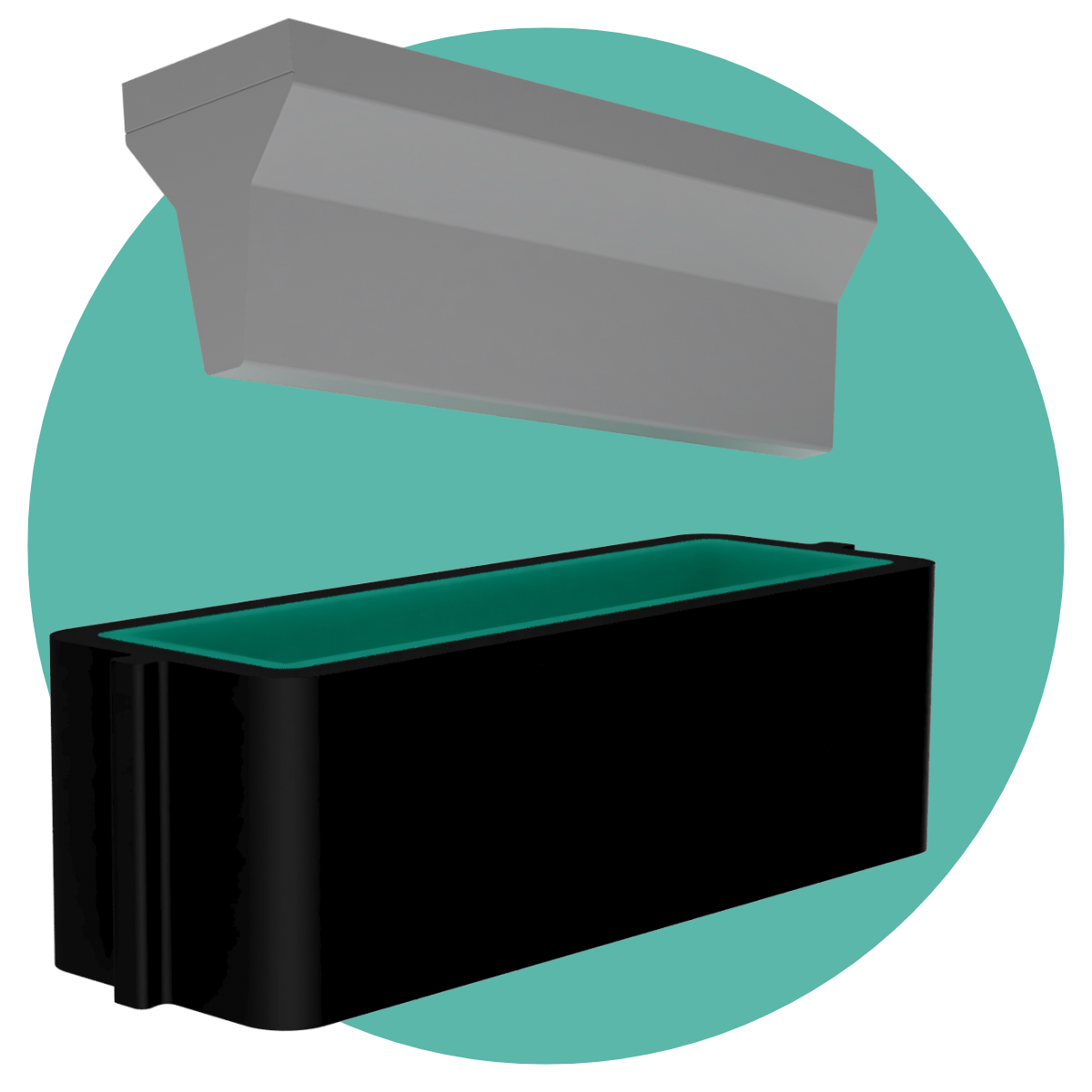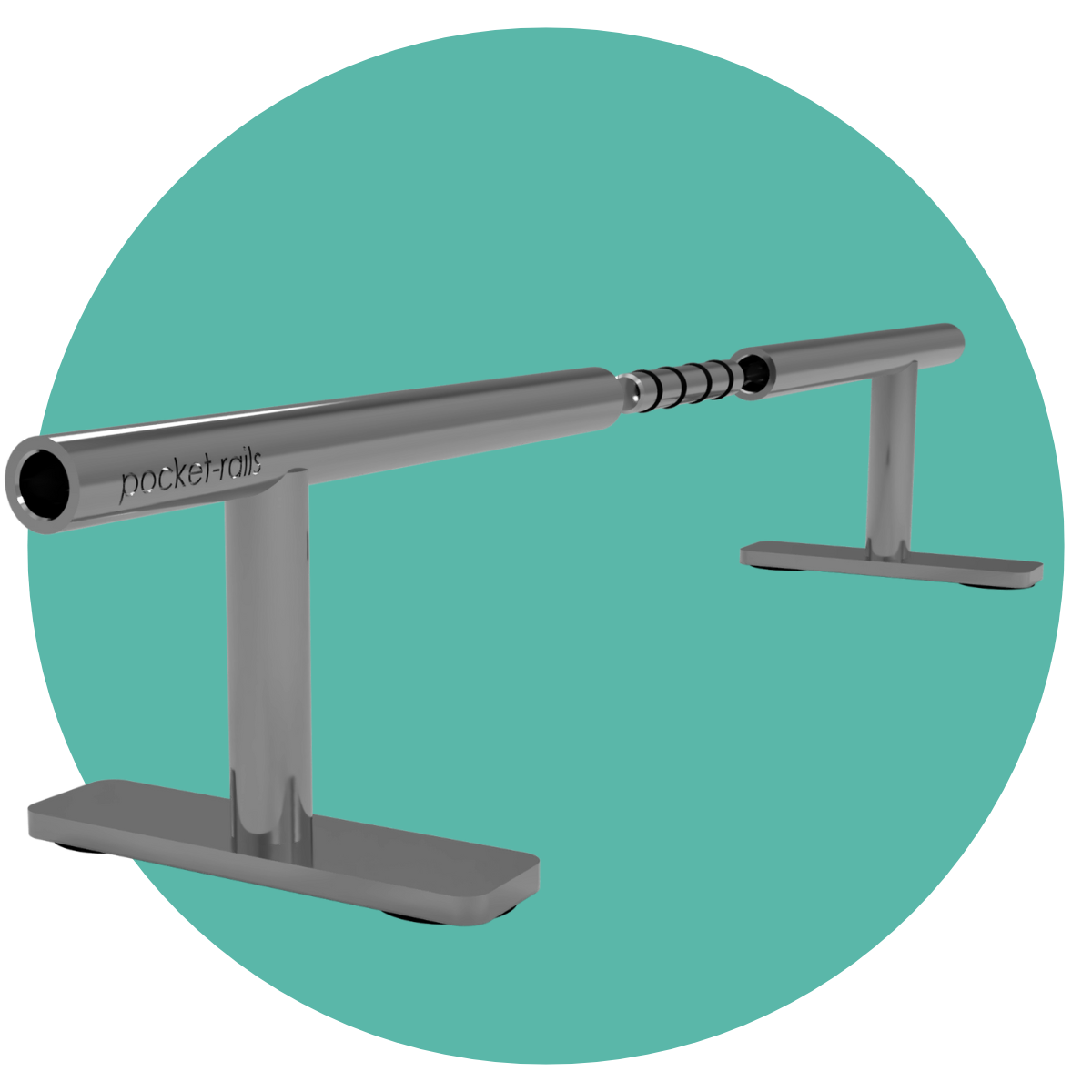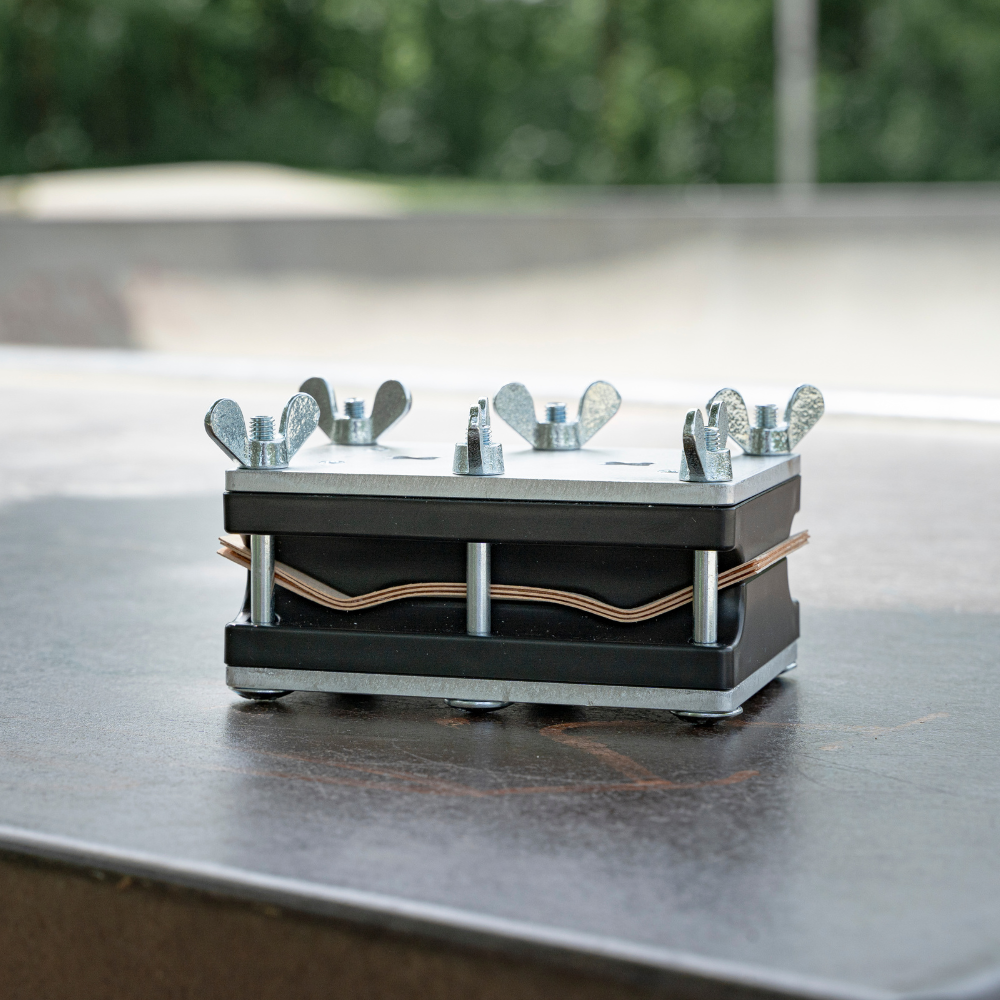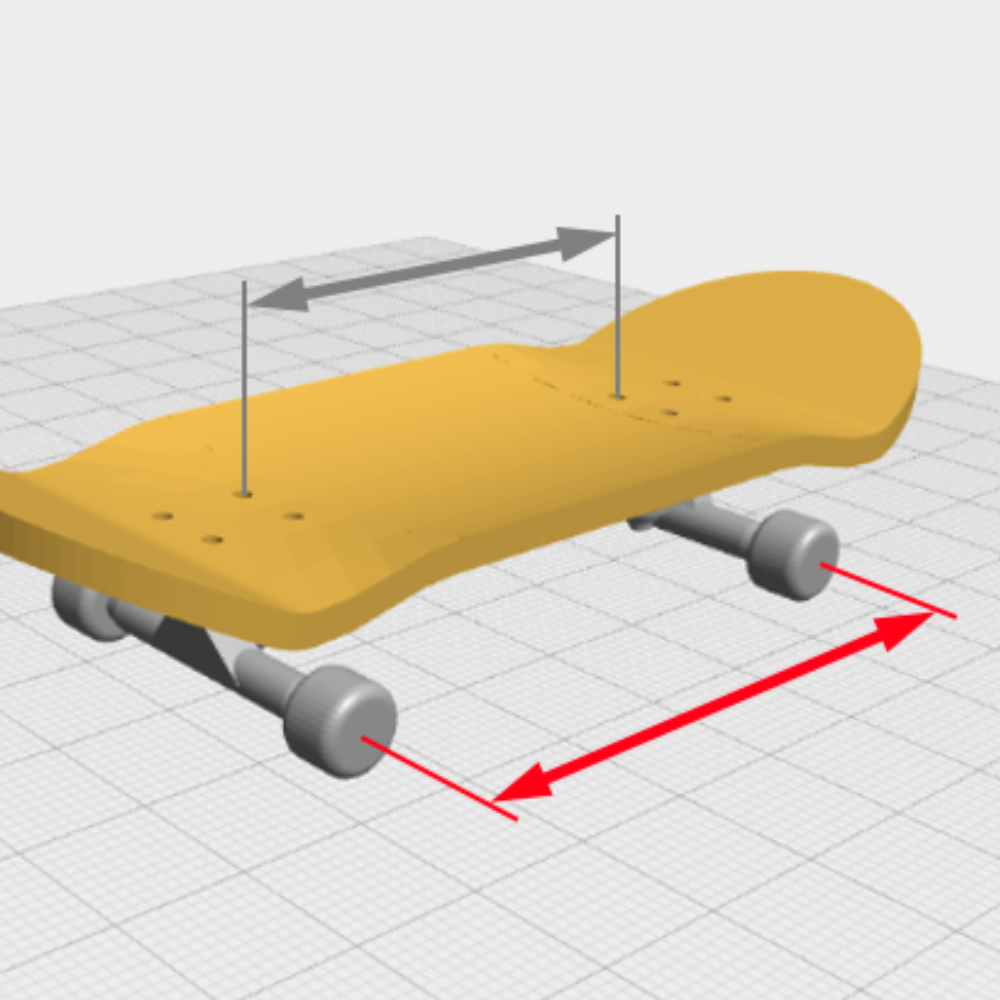Every now and then we receive detailed questions about our fingerboard molds and one of them is why the press halves don't fit together perfectly when you put them together without wood. Sometimes the opinion even arises that this is a defect. In this article we would like to take a closer look at this and explain why this is not a defect, but must be the case with precision molds.
A simpler example
To understand the concept of oversize, we can take a look at an unconventional example: a mold for a U-shaped piece. Imagine you want to create a perfectly shaped bowl with a precise wall thickness of, for example, 10 mm. To achieve this, the inner shape (the punch) must have a smaller dimension than the outer shape (the die). This is the only way to ensure that the material receives even pressure across the entire surface.
In this example you can clearly see in the photo that the punch of the die forms a large gap when they are put together without the green bowl:

The parallel to Fingerboard-Molds
Now let’s take a closer look at the finger skateboard press. Here too, it is important to us that the pressed fingerboard has an even wall thickness. It is also important during the pressing process that the pressure is applied evenly to the layers of wood. If we compare the fingerboard press with the U-shape press, the fingerboard has a smaller thickness of 2.5 mm instead of 10 mm - but the principle remains the same. Here too, it is necessary that the top mold part has a different contour than the bottom mold part. Just like with the U-shape-mold, this means that the two halves do not fit together perfectly when they are put together without wood.

Can I press multiple boards at once with my fingerboard mold?
When you apply what you have just learned to this question, it becomes clear that this cannot work well. The fingerboard mold was designed for boards with a thickness of 2.5 mm (5 layers of 0.5 mm veneer). A certain tolerance is not a problem here. So you can also build boards with 2 or 3mm. But if you use wood for 2 or more boards, it may no longer work well because the contours of the molds are not designed for this.
Conclusion
This article addresses the question of why fingerboard press halves don't fit perfectly together without wood, clarifying that it's not a defect but a necessity for precision molds. Using a simple example of a U-shaped mold, the concept of oversize is explained to ensure even pressure distribution. The same principle applies to fingerboard molds, explaining why pressing multiple boards simultaneously may not work well due to mold contour limitations.


